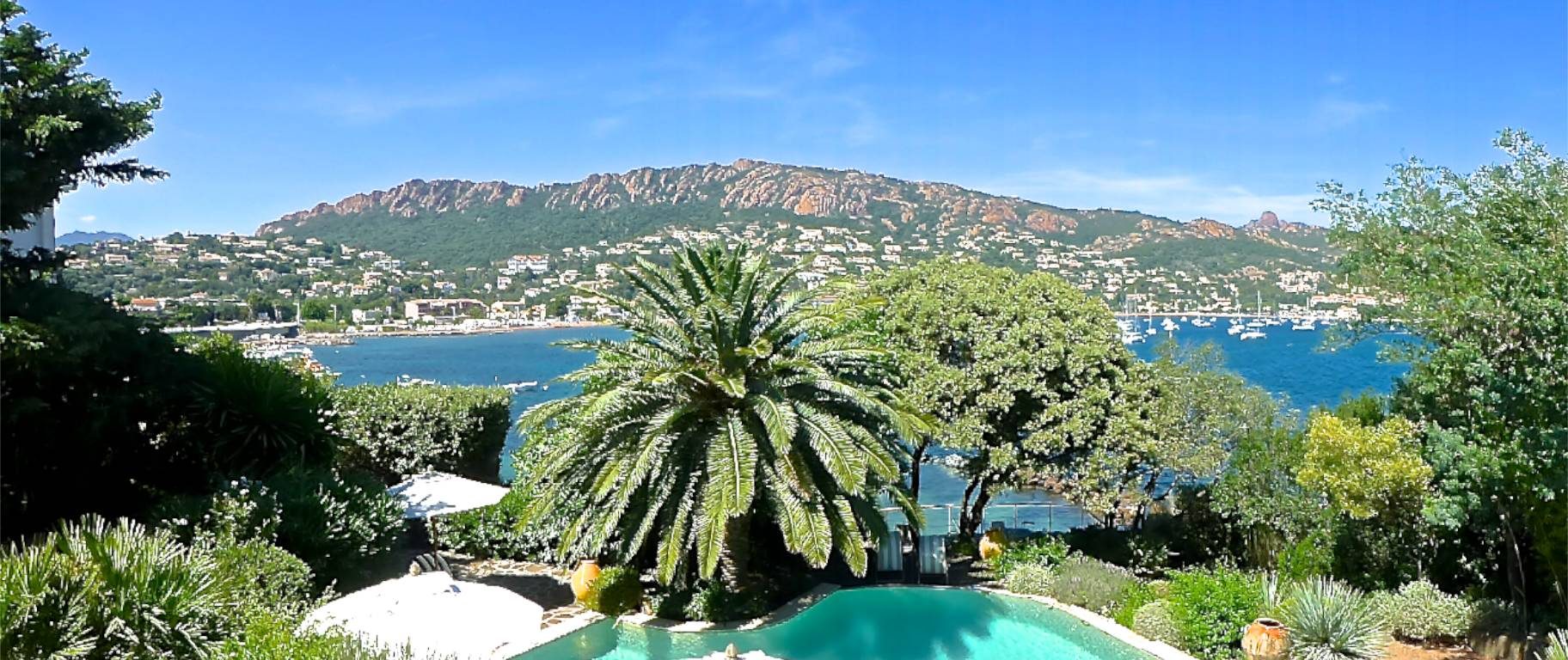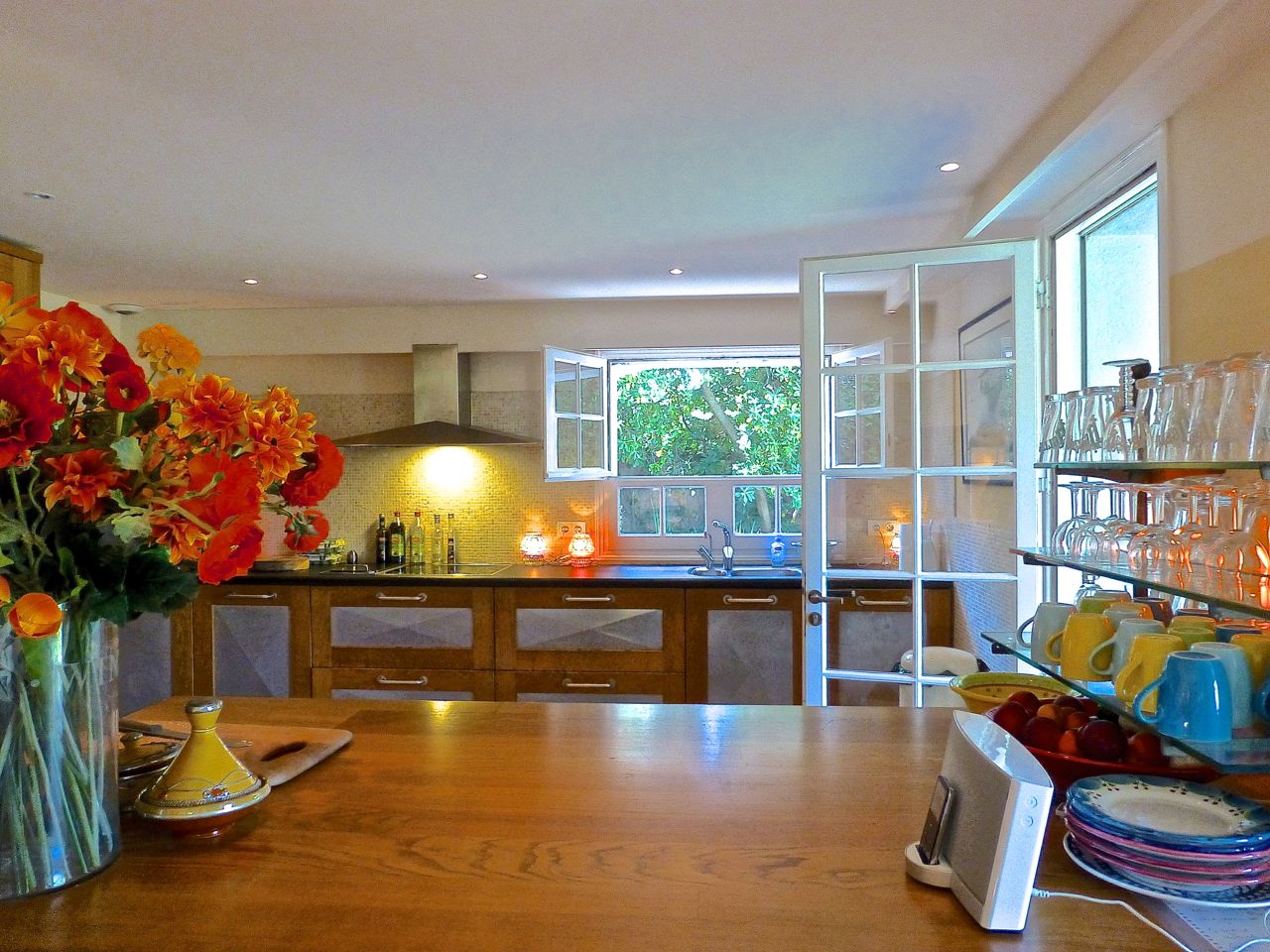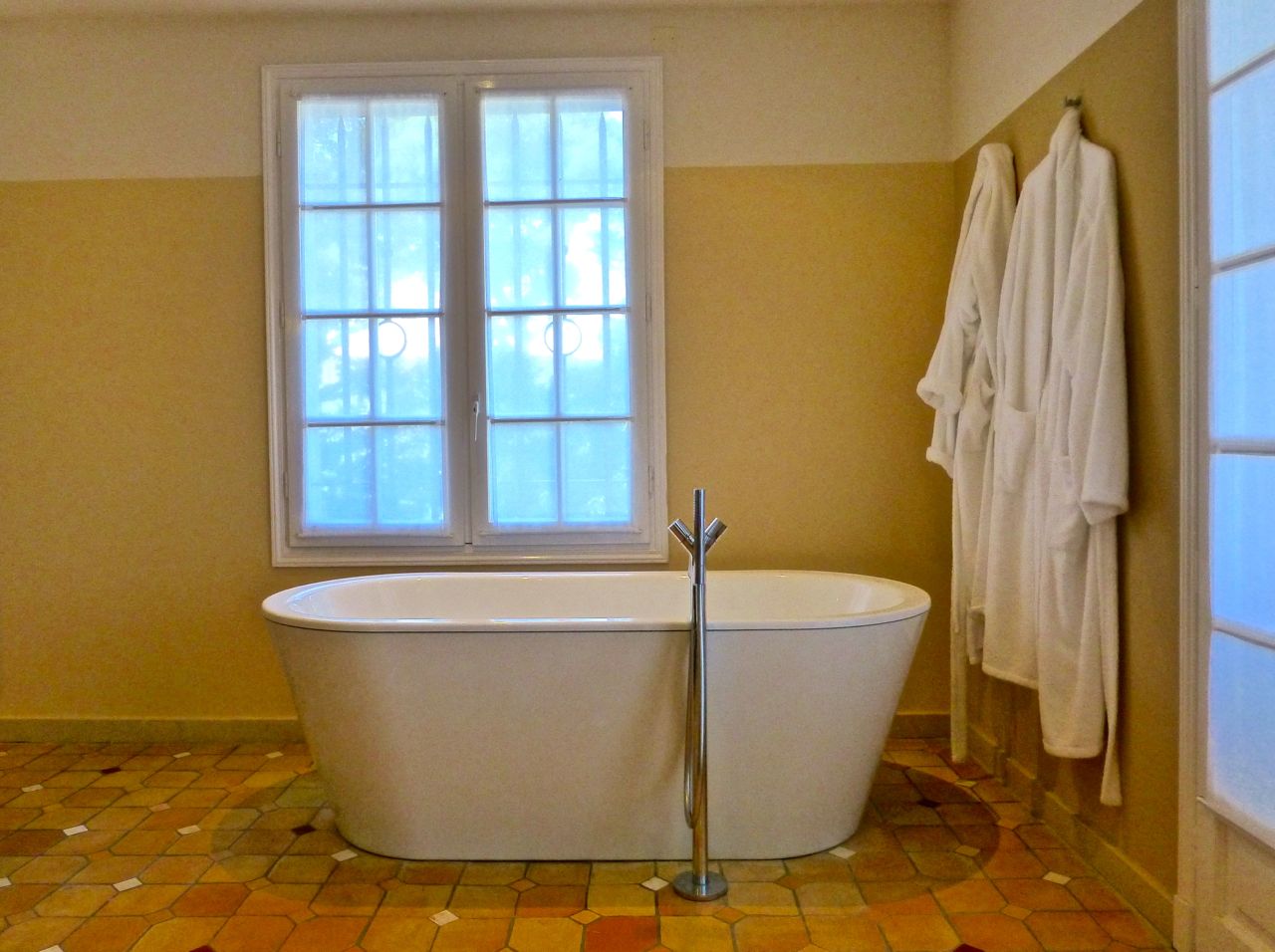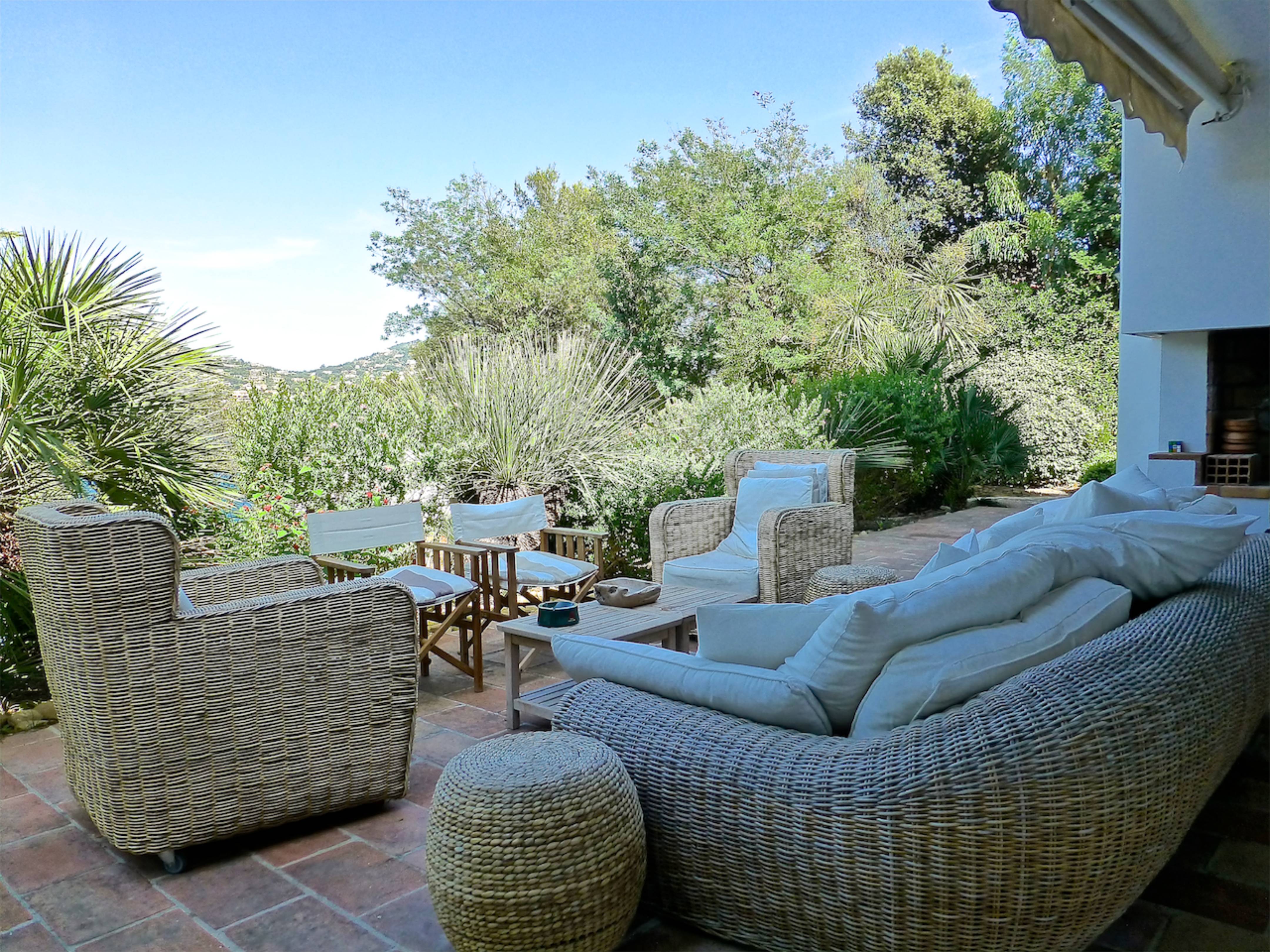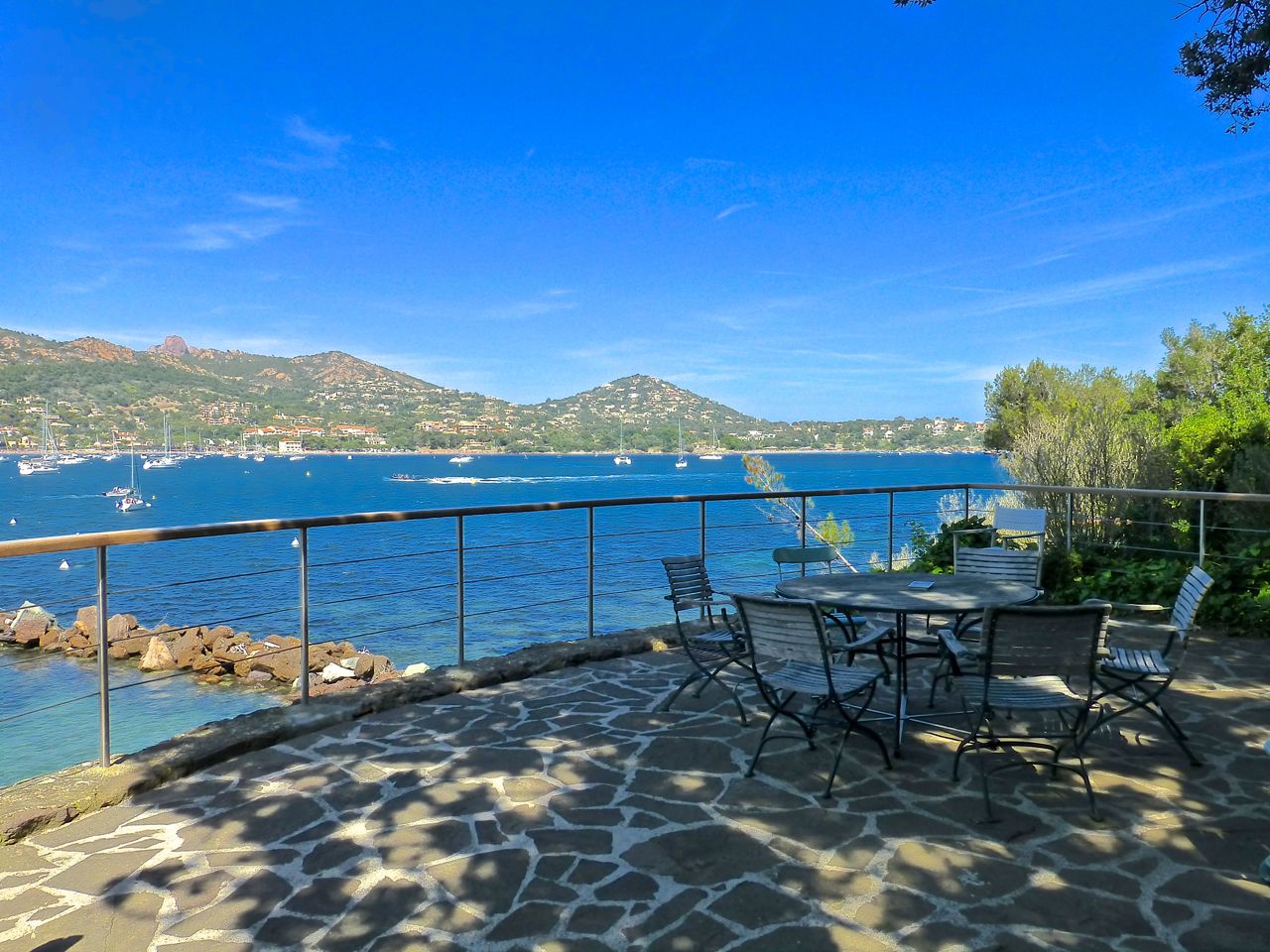
When thinking of the French Riviera, you would automatically presume that there are countless seafront properties, where you can wander down from your croissant, fruit platter and coffee breakfast on the terrace, straight onto your private beach or speed boat at the bottom of the garden. Well, there aren’t.
With all the excitement of the railway arriving on the Riviera in the late 1800’s, and as it was a luxurious and modern means of travel available primarily to the wealthy – when it needed to follow a coastline, it hugged that coastline, bordering the sea, so that travellers could gaze out of the windows at the lapping azure waters below. It was also at a time when, if you were of means, and had a lavish home in the South of France, that home would likely be located a few kilometres inland, offering a little altitude and a cool sea breeze, and protecting you from the summer heat of the coast. Equally, it was a time when farming was still a primary activity, and farmers needed the nourished soils, and bigger spaces found inland. The result was that land bordering the sea was less developed, and less desireable, as well as being the flattest and most coft effective route, and therefore the perfect location for modern transport links. While we benefit each and everyday from marvelous inventions that came out of the industrial age, one certain downfall was the coastline-hugging-seafront-property-blocking railway lines. A few decades later, and with the arrival of motor vehicles, the road system followed a similar coastline-hugging pattern. Double trouble!
Our lifestyles have changed somewhat since the late 19th and early 20th century, and our search for “sun, sea and sand” is what most of Southern Europe relies on. Unfortunately, much of the European coastline (not only in France) has a railway/road concoction making for a (noisy) barrier between most constructable land, and the sea.
All is not lost however; there are a few little “peninsulas” jutting out into the sea, which the railway and road “cut off” as they sped past. Most famous is the pretigious “Cap d’Antibes”, however if you follow that coastal road towards St Tropez for a further 45 minutes you will find yourself in the traditional seaside town of Agay, not hugely frequented by tourists but absolutely charming, and with a long sandy beach. Agay has a little jewel of a promontory on it’s Western side which the railway cut off from the mainland, creating a quiet and unique hamlet of seafront homes.
Finally, we find a rare few properties with direct access to the Mediterranean Sea, and at prices a quarter of those which one would expect pay on the better known peninsula of the “Cap d’Antibes”.
Click here for more details on this unique seafront villa for sale in Agay, through Fine & Country Cannes +33 4 92 925 93



